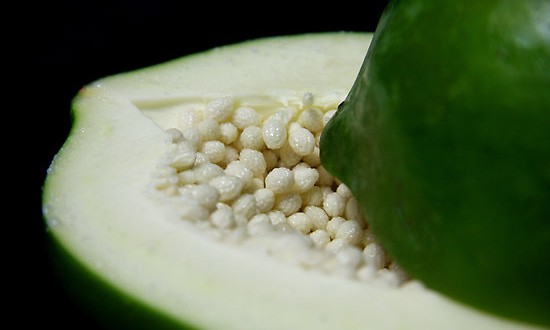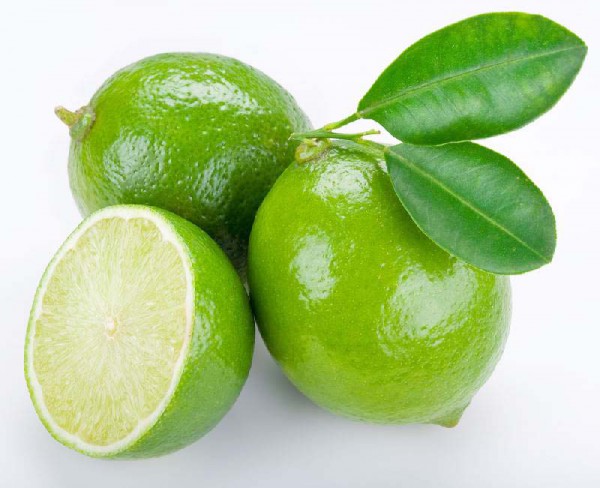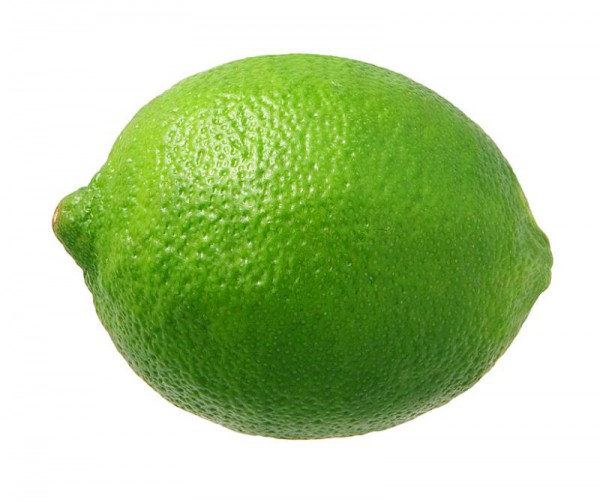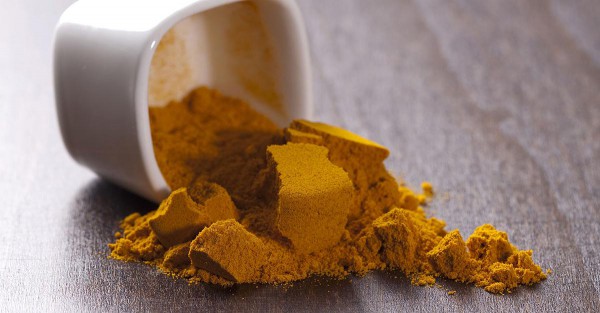
The Roman poet Juvenile (in his Satires 10.356-64), writing around the 1st Century AD, famously popularized the view that there was a close relationship between physical health and mental power, with the maxim,
“a sound mind in a healthy body”
In fact, Juvenile was probably paraphrasing an earlier saying attributed to the ancient Greek philosopher Thales, writing around 600 BC, and who is variously identified as the first philosopher and the first scientist. Thales offered a simple prescription for the good life that still seems plausible today:
“Who is happy? ‘The person who has a healthy body, a resourceful mind and a docile nature.’
It is Juvenile who is usually credited with starting the long tradition of linking the development and functioning of the mind and of the body that continues to the present day. In fact, for most of this time this tradition competed rather unsuccessfully with another, present in the writing of an earlier Greek thinker, Plato, and certain strands of the Christian religion, but most commonly associated with the French philosopher René Descartes. This ‘Cartesian’ view portrayed the body not as an inseparable partner of the mind, but as its rather low-rent vessel. It is not difficult to see the influences of this view on most models of schooling and their distinctively disembodied conceptions of human beings, in which the mind is both the subject and object of education, and the body is relegated to a service role that is separate and inferior.
It is only quite recently that science has really caught up with the insights of the ancient Greek to the extent that it can now speak with confidence about the relationships between the body and the mind, and from the perspective of our interests, between physical activity and mental functioning. The evidence is beginning to suggest that Juvenile and Thales may have been on to something.
As was discussed in my last post, serious interest in this issue among researchers can be traced back to the 1960s and 1970s, when scientists began to undertake simple experiments assessing the relationships between levels of physical activity, intellectual performance and educational achievement. At the time, ambition and interest were not matched by access to robust scientific measures, so findings remained frustratingly cautious. More rigorous scientific investigations of the relationship of the brain and physical activity began in the early 1980s, due in large part to advances in scientific measurement and tools. It was around this time, for example, that researchers discovered that physical activity led to an increase in the secretion of endorphins (hormones secreted within the brain and nervous system with a number of physiological functions). This effect was found to be linked to a variety of psychological changes, such as positive mood state changes and improved concentration, and physical changes to the brain, such as increased blood flow, growth of nerve cells in the brain’s center of learning and memory, increased density of networks of nerve cells, and increased brain tissue volume.
Numerous tests and measures have been developed since this time. Some of these infer cognitive processes from the observation of behavior (such as the ability to pass psychological or educational tests), while others have been developed that allowed direct measures of brain activity (such as Functional Magnetic Resonance Imaging, fMRI, and Electroencephalography, EEG). The development of these sorts of technologies has offered a new perspective on the subject of physical activity, fitness, and learning.
Let us focus, for now, on the issue of physical fitness.
It now seems fairly clear that increased physical fitness, especially cardiorespiratory (aka aerobic) fitness, positively effects the brain in numerous ways. Some of the most impressive evidence comes from older people, for whom improved physical capacity can significantly enhance both the quality and quantity of life. Research with children and young people is less advanced, but it is becoming increasingly apparent that fitness is associated with improved cognitive functioning among this group, too. In fact, it seems safe to say that cognitive functioning of people of all ages benefits from increased levels of physical fitness.
There have now been many scientific studies in this area, and I will discuss some of the most significant of these in later blog posts. Let me just mention one particularly interesting set of findings that came from Sweden and examined physical fitness, intelligence performance, and school achievement. This was not an intervention or experiment, but rather was a statistical analysis of a huge sample of data (from 1,221,727 people), from every man born from 1950 through 1976 who were enlisted for military service at age 18.
Analysis of this data set revealed a positive association between cardiovascular fitness and performance in intelligence tests at age 18, and changes in physical fitness measures between 15 years and 18 years predicted cognitive performance at 18 years. In addition, it was found that cardiovascular fitness during early adulthood predicted socioeconomic status and educational attainment later in life. So the contribution of increased fitness on cognitive functioning seems to trigger a ripple effect that can ‘nudge’ towards improved performance in related domains, such as examination success and later employment.
While there is a growing consensus regarding the cognitive virtues of physical fitness among researchers, there remains some debate about the underlying neurological mechanisms. As will be seen in subsequent Smart Moves posts, many researchers discuss the “executive function hypothesis,” which frames discussions of fitness in terms of its influence on the cognitive processes required to select, organize, and properly initiate goal-directed actions. The authors of the Swedish study interpreted their findings in terms of two other hypotheses: “the brain plasticity hypothesis,” according to which fitness supports the brain’s ability to adapt to external conditions and challenges; and the ‘’cardiovascular fitness hypothesis,” in which cardiovascular or aerobic fitness acts as a mediator of changes to cognitive functioning.
From the point of view of education, the effects reported here make an compelling case, since they go to the heart of learning and achievement in school. The improvements to mood and concentration enhance what could be called the mindset of learning, because fitter children tend to approach academic tasks with a more positive attitude and greater attention than their unfit peers. At the same time, the changes to the efficient functioning of the brain relate to the mechanisms of learning. In other words, the evidence from these tests suggest that physical activity can improve students’ mental state while learning, and the efficiency with which they learn.
If a pharmaceutical drug was available that had been demonstrated to have such positive effects on children’s performance at school, I suspect that even the most cautious of parents would be lining the streets outside pharmacies. Physical activity is not a wonder drug, it has no harmful side effects, and it is free!
Source: psycholog today















